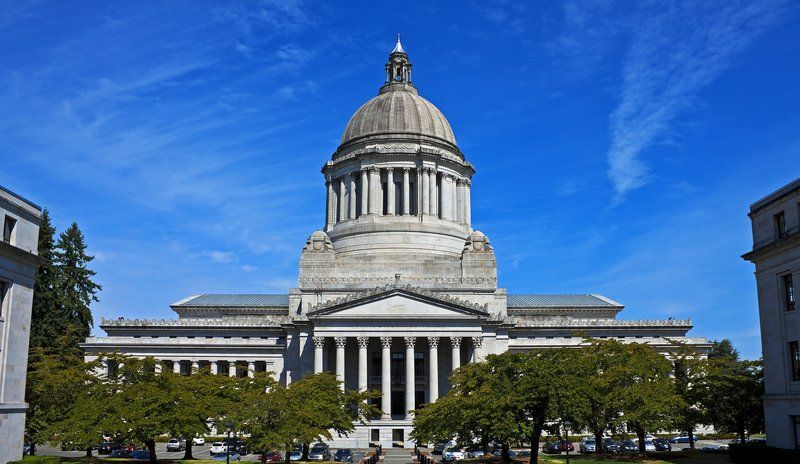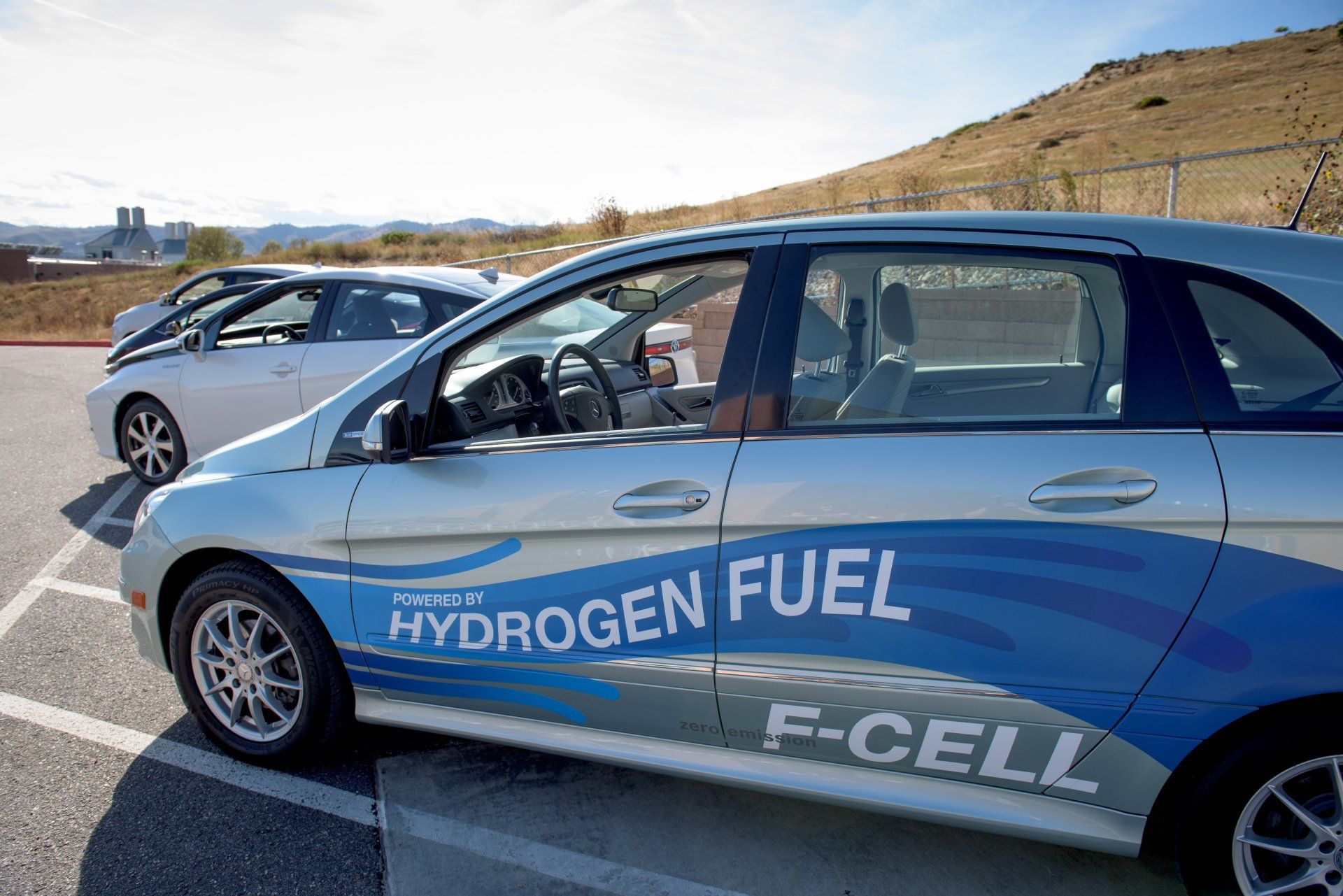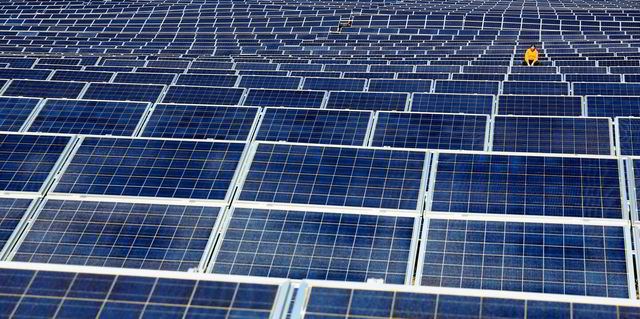Inflation Reduction Bill Turbocharges Green Hydrogen
Washington To Benefit From Green Hydrogen Boost

Majority Leader Schumer and Senator Manchin have agreed to one of the most significant climate and energy packages in the nation's history. The bill consists of $369 billion in funding for high priority climate action, clean energy tax credits, electric and hydrogen vehicle credits, and the most aggressive investments in the production of clean hydrogen in U.S. history. The bill, called the “Inflation Reduction Act of 2022” (HR 5376), plans to tackle US debt and inflation issues along with the current climate crisis and could pass the Senate this week if all goes well.
You can find more information on all the bill details here, but Section 13204 on page 315, titled “Clean Hydrogen,” outlines the most significant clean hydrogen investment in U.S. history.
$3/kl tax credit puts Washington in a leadership position
The hydrogen section of the bill provides the basis to build a national hydrogen production ecosystem and the benefits accrue to states like Washington that already have a cost advantage and clean electricity advantage over other regions in the U.S. For example, credit generation for companies producing hydrogen will be authorized for ten years, taking effect when a facility was placed in service and provides a $0.60/kilogram credit on a sliding scale based on the carbon intensity (CI) score of the hydrogen produced. The lowest carbon intense (CI) H2 receives the max $0.60 credit.
Below you will find how these percentages vary based on the lifecycle of greenhouse gas (GHG) emissions. The bill’s provisions outline the percentage of credit based on the CI of hydrogen.
- If lifecycle GHG is between 2.5 and 4 KG (inclusive of 2.5 and 4 KG), the applicable percentage is 20%
- If lifecycle GHG is between 1.5 and 2.5 KG (inclusive of 1.5 KG) applicable percentage is 25%
- If lifecycle GHG is between .45 and 1.5 KG (inclusive of .45 KG) applicable percentage is 33.4%
- If lifecycle GHG is below .45 KG, the applicable percentage is 100%
Putting this into action, a company that produces 100,000 KG of H2 in a year and emits 2 KG of GHG gives that company credit of 100,000 X .25 ($0.60), equaling $15,000.
To account for future inflation risks, there will be an adjustment to the $0.60 credit in which the amount ($0.60) is multiplied by the inflation adjustment factor for the year the qualified clean hydrogen is produced. If any amount increased is not a multiple of 0.1 cents, the amount will be rounded to the nearest multiple of 0.1 cents.
5X Multiplier Credit For Green Hydrogen
Another incentive offered in the bill gives companies a bonus credit five times the base credit ($0.60) to produce clean hydrogen that is not greater than 4 KG of CO2e per KG of hydrogen. This credit will not be available to a hydrogen production facility utilizing carbon sequestration to gain credits under the tax incentive 45Q to prevent facilities from “double dipping.”
Facilities looking to capitalize on this bonus credit must meet the requirements below.
- H2 must be produced in the U.S. for sale, use, or ordinary course of a trade or business
- Project construction needs to begin before the date that is 60 days after the Secretary publishes guidance regarding prevailing wage and apprenticeship guidance
- Ensure laborers and mechanics hired by contractors for the construction or alteration and repair of the facility be paid prevailing rates or higher while also ensuring the prescribed percent of construction is performed by “qualified apprentices."
Renewable Energy Used To Produce Green Hydrogen Qualifies
Other energy production facilities may have questions regarding their applicability for acquiring their own credits. The bill states that a facility producing electricity through the process of renewable resources qualifies for recognition if the facility uses the electricity to contribute to producing clean hydrogen. This will be verified by an unrelated third party prescribed by the Secretary of Energy and will apply to electricity produced after December 31, 2022.
Election to Treat Clean Hydrogen Production Facilities as Energy Property
If a facility is designed and expected to produce qualified clean hydrogen within reason, that qualified property will be treated as energy properties. The energy percentage these properties are expected to produce is also based on the lifecycle GHG emission rates mentioned earlier, which you can find below.
- If lifecycle GHG is between 2. 5 and 4 KG (inclusive of 2.5 & 4 KG), the applicable percentage is 1.2%
- If the lifecycle GHG is between 1.5 and 2.5 (inclusive of 1.5 KG), the applicable percentage is 1.5%
- If the lifecycle GHG is between .45 and 1.5 KG (inclusive of .45 KG), the applicable percentage is 2%
- If lifecycle GHG is below .45 KG, the applicable percentage is 6%
The “Inflation Reduction Act” is an excellent indicator of what will transpire for clean hydrogen producers. If this bill passes the Senate, we are hopeful that the enormous impacts of a bill will help the U.S. to lead the world in addressing the impacts of climate change and to be a positive example for the rest of the world to take action.









